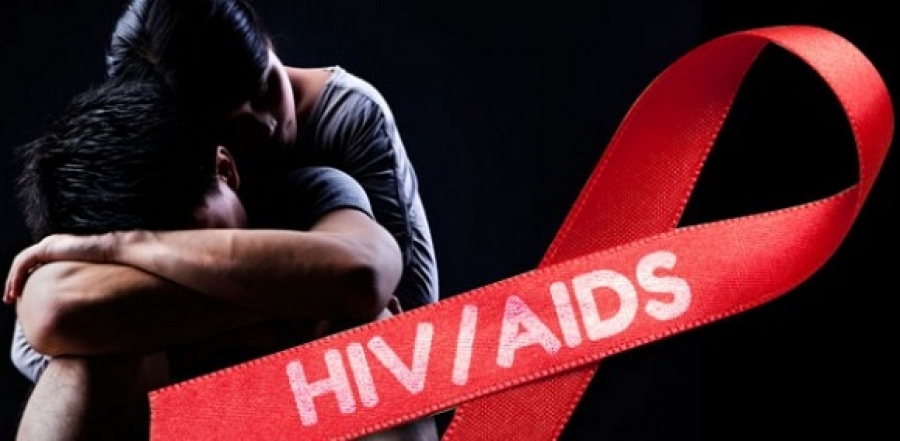In 2016, 5.1 million cases of HIV/Aids were confirmed across the Asia Pacific region, according to new World Health Organisation report.
Frederico Bosco, the Timor-Leste coordinator of the HIV/AIDS program said 90 new cases had been reported in Timor-Leste in the same time.
The National Commission of HIV/AIDS reported in 2016 that more than 600 cases had been discovered in the past 13 years, of which 29 percent were young people aged 15-24, 59 percent were people aged 25-44 and 9 percent were people aged 45 years and older. The remaining percentages are children aged 14 years and younger.
In January, Daniel Marcal, the Executive Secretary of the National Commission of HIV/AIDS, told ucanews these numbers were limited to data from hospitals and clinics, saying the reality would be much higher due to low testing rates.
People with HIV live in almost all the 13 districts, but predominately in Dili, followed by Bobonaro, Kovalima-Suai on the border with Indonesia, Baucau, Oecusse, and Ermera, said Marcal.
“HIV in Timor-Leste is like the tip of an iceberg, which will be a huge problem later if it’s not handled properly,” Marcal told ucanews.
The Timor-Leste government currently allocates about US $600,000 to clinics and groups dealing with treatment.
According to Marcal, the main contributing factors to the spread of HIV include poor education and a lack of understanding about the importance of healthy lifestyles.







